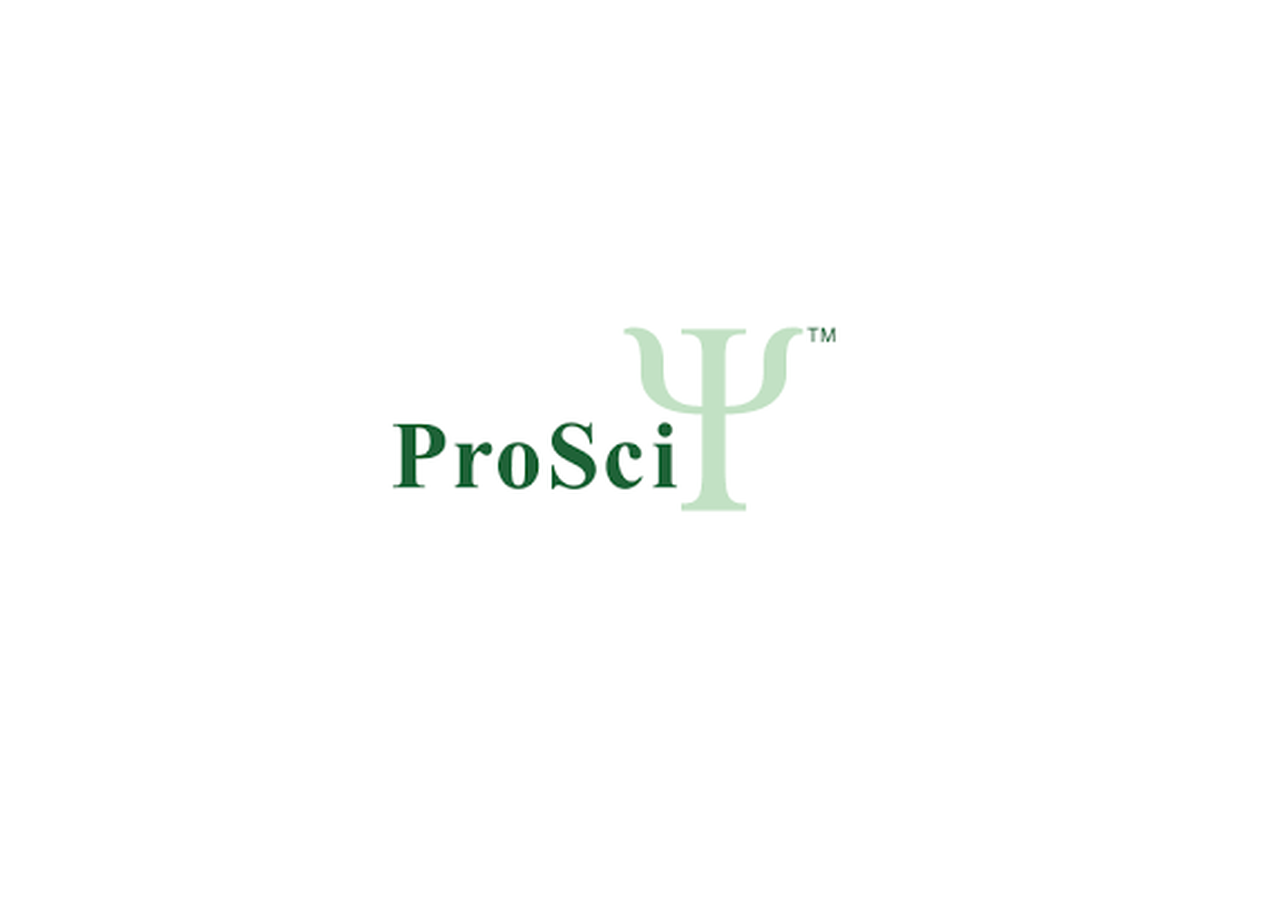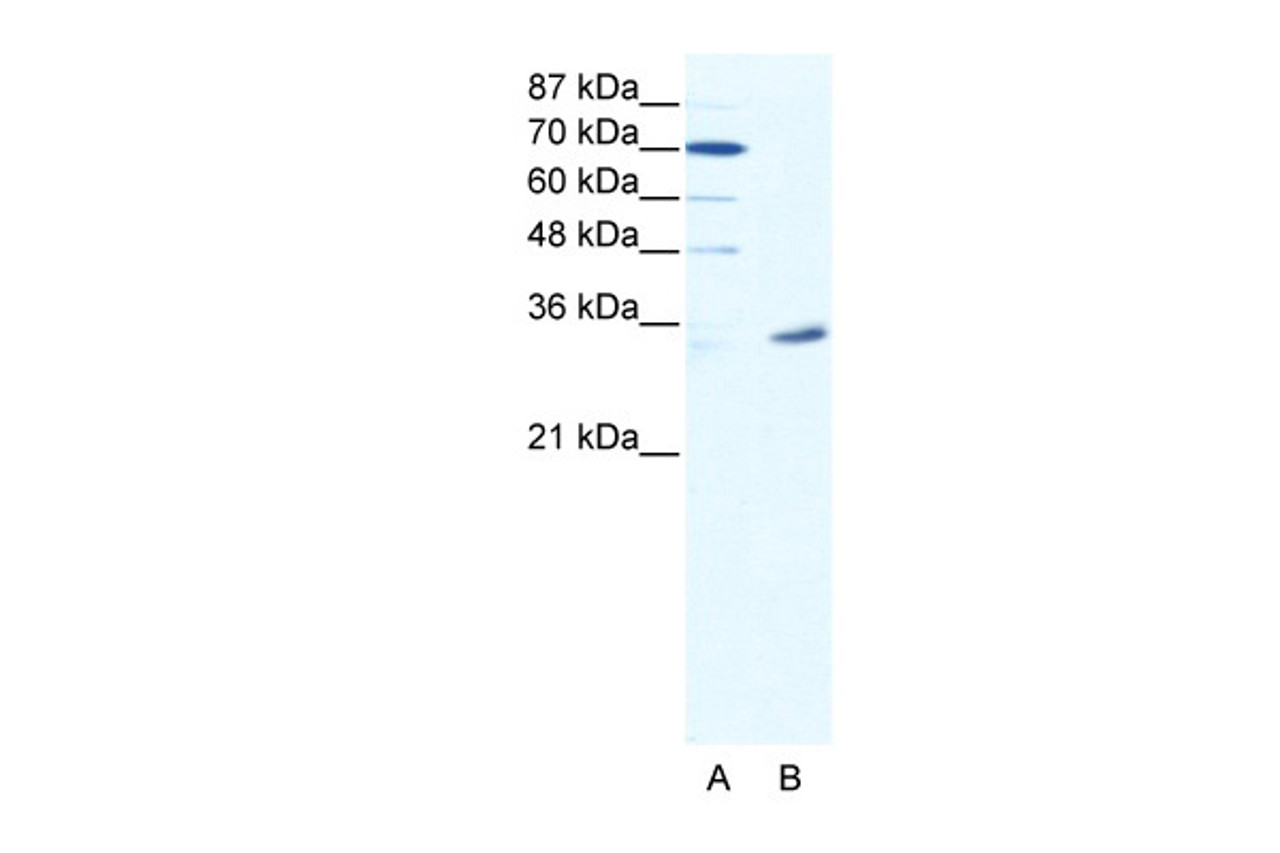Product Description
MAGEA9 Antibody | 28-906 | ProSci
Host: Rabbit
Reactivity: Human
Homology: N/A
Immunogen: Antibody produced in rabbits immunized with a synthetic peptide corresponding a region of human MAGEA9.
Research Area: Transcription, Cancer
Tested Application: E, WB
Application: MAGEA9 antibody can be used for detection of MAGEA9 by ELISA at 1:62500. MAGEA9 antibody can be used for detection of MAGEA9 by western blot at 2.5 μg/mL, and HRP conjugated secondary antibody should be diluted 1:50, 000 - 100, 000.
Specificiy: N/A
Positive Control 1: Cat. No. 1211 - HepG2 Cell Lysate
Positive Control 2: N/A
Positive Control 3: N/A
Positive Control 4: N/A
Positive Control 5: N/A
Positive Control 6: N/A
Molecular Weight: 35 kDa
Validation: N/A
Isoform: N/A
Purification: Antibody is purified by protein A chromatography method.
Clonality: Polyclonal
Clone: N/A
Isotype: N/A
Conjugate: Unconjugated
Physical State: Liquid
Buffer: Purified antibody supplied in 1x PBS buffer with 0.09% (w/v) sodium azide and 2% sucrose.
Concentration: batch dependent
Storage Condition: For short periods of storage (days) store at 4˚C. For longer periods of storage, store MAGEA9 antibody at -20˚C. As with any antibody avoid repeat freeze-thaw cycles.
Alternate Name: MAGEA9, CT1.9, MAGE9
User Note: Optimal dilutions for each application to be determined by the researcher.
BACKGROUND: MAGEA9 is a member of the MAGEA gene family. The members of this family encode proteins with 50 to 80% sequence identity to each other. The promoters and first exons of the MAGEA genes show considerable variability, suggesting that the existence of this gene family enables the same function to be expressed under different transcriptional controls. The MAGEA genes are clustered at chromosomal location Xq28. They have been implicated in some hereditary disorders, such as dyskeratosis congenita. This pseudogene is a member of the cytochrome P450 gene superfamily. The cytochrome P450 proteins are monooxygenases which catalyze many reactions involved in drug metabolism and synthesis of cholesterol, steroids and other lipids. It is possible that, in rare cases, a combination of two SNPs in this gene may result in an open reading frame encoding a functional enzyme which metabolizes codeine to morphine. This locus is part of a cluster of cytochrome P450 genes on chromosome 22q13.1.
 Euro
Euro
 USD
USD
 British Pound
British Pound
 NULL
NULL












![MAGEA9 Antibody (Center) [APR32244G] MAGEA9 Antibody (Center) [APR32244G]](https://cdn11.bigcommerce.com/s-452hpg8iuh/images/stencil/500x659/products/872489/1164556/logo__92149.1659788186__89017.1659868678.png?c=2)

